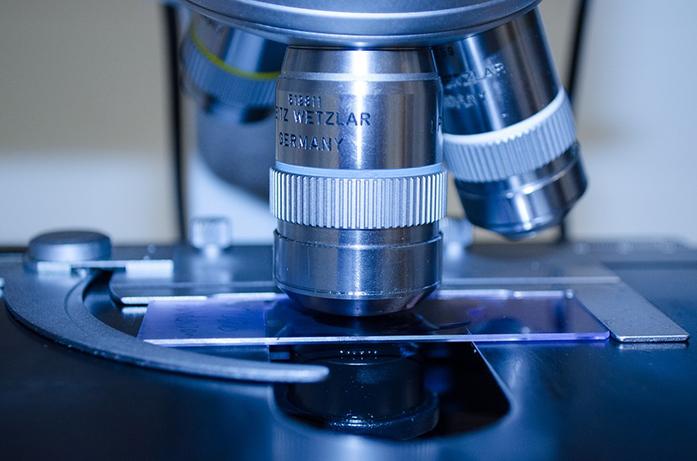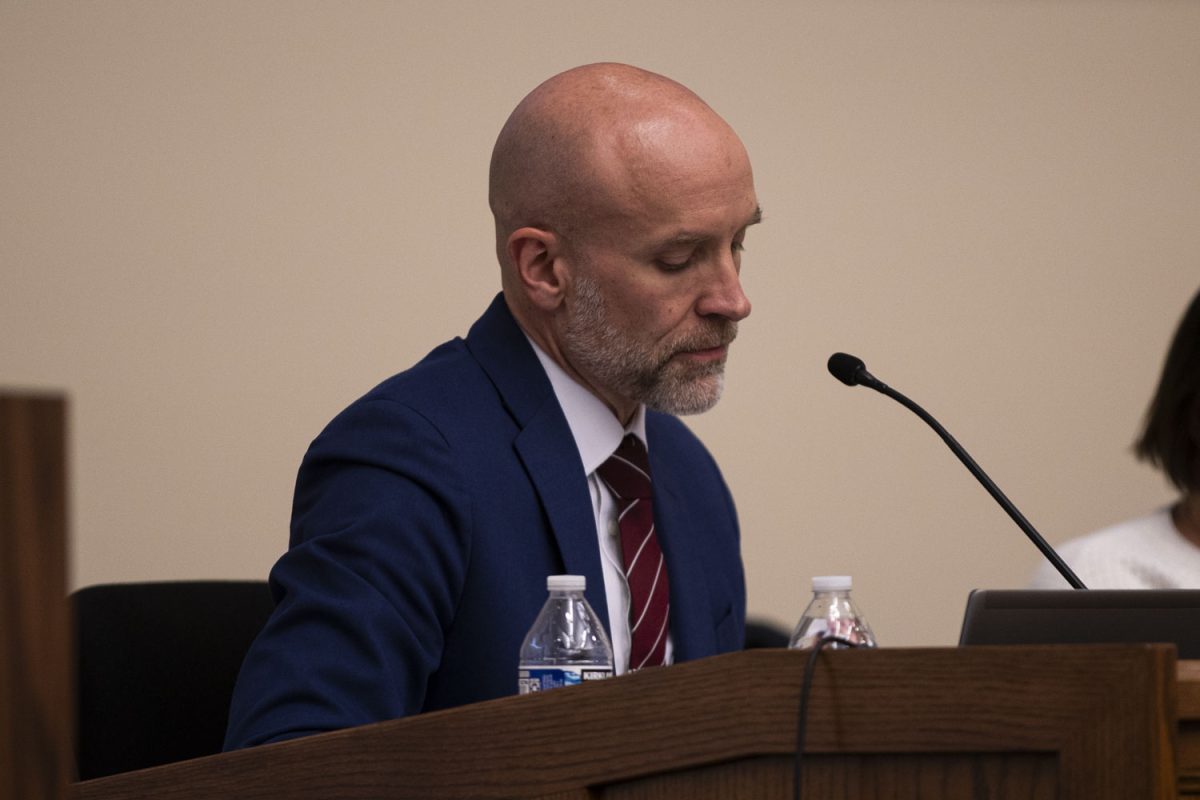By Kasra Zarei
A group of researchers at the University of Iowa have been developing models that could help guide personalized treatment for osteoarthritis.
Through injury or age, the top layer of cartilage can break down and wear away in joints, resulting in a condition called osteoarthritis. Current research surrounding osteoarthritis has focused on developing treatments to prevent, slow down, or reverse joint damage.
Currently, numerous therapies exist, but patients respond differently to treatments. Thus, there is an added need for personalized medicine, or providing individualized treatments that can maximize the therapeutic potential for a specific person.
The work of UI Associate Professor of mathematics Bruce Ayati involves the use of mathematical and computational techniques to understand mechanisms at the molecular and cellular level that are involved in human bone and cartilage physiology.
“We develop mathematical models that can describe and hopefully be used to predict how certain biomedical systems, including orthopedic systems, are going to behave in the future,” Ayati said.
One goal of Ayati’s work is to create an analytical model that can eventually bring personalized medicine for a condition such as osteoarthritis.
“For an individual patient, you have different treatment options, and you want to know how these options work out,” Ayati said.
Often, it’s not understood how the vast array of treatments will work out, but Ayati’s work might provide an innovative, efficient solution to overcome this limitation.
“The long-term goal is you would take the patient’s information, and feed it into the mathematical model,” Ayati said. “The model would then output a prediction or probability distribution of what is going to happen to the patient under different treatments.”
Beginning from a graphical representation of the biological system of cartilage, Ayati’s research group works to model the biological phenomenon using differential equations.
The equations developed by Ayati’s group represent a “black box” for potential users, with the parameters of the equations functioning as dials for the box. Ayati’s group is tasked with figuring out what to set the parameters to, in order to get the predictive model to work the best.
Jason Graham, a former UI graduate student in mathematics, and Georgi Kapitanov, a UI visiting assistant professor of mathematics, have spearheaded the project for the last few years.
“Our short-term goal is to describe processes, from physical stress on the joint to inflammation, in a comprehensive framework,” Kapitanov said. “Our long-term goal is helping researchers come up with a non-invasive option for treatment of osteoarthritis and optimize its timing and delivery.”
This example of collaborative mathematics involves the work of James Martin, UI associate professor of orthopedics and rehabilitation.
“This work is exciting because it is highly interdisciplinary, and is an important step in the development of better treatments for injury and disease,” Graham said.
Ayati is confident that his team has developed models that capture emerging, key relationships in osteoarthritis, and can overcome limitations of studying treatments in medical practice.
“You can’t take a patient’s cartilage out, damage it, and wait extended periods of time to observe what actually happens in a patient’s joint,” Ayati said.
However, a computer model can quickly make a prediction of what is going to happen with a patient’s knee joint in the next months or year.
“The mathematical and computational techniques allow us to understand or explore features that are not amenable to typical experimental studies,” Graham said.
Ayati’s work could provide “virtual cartilage,” creating a powerful tool for many applications.
“These virtual versions of human sub-systems are very appealing because they can be manipulated experimentally in a robust fashion, and provide patient-specific treatments,” Ayati said.







